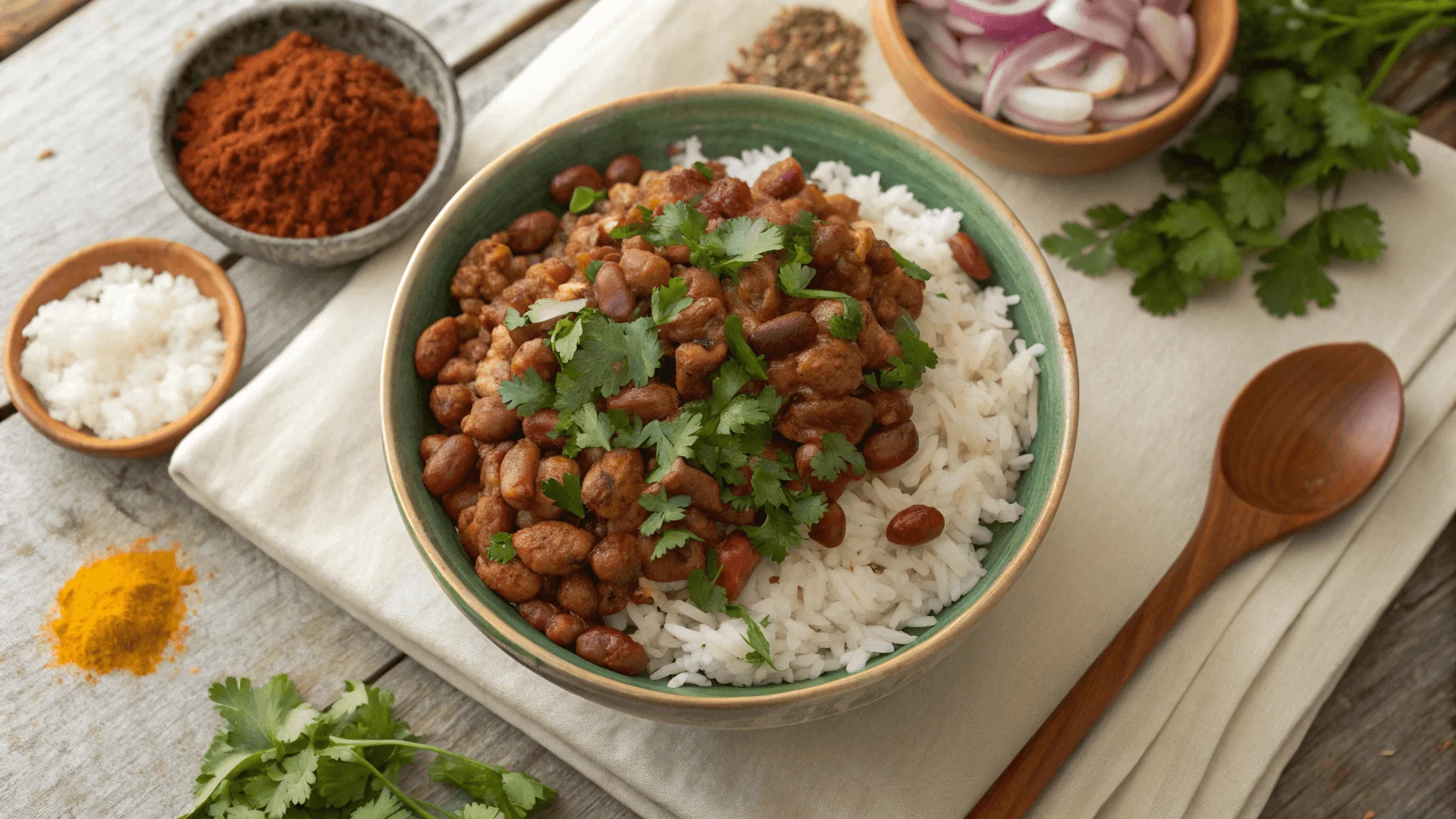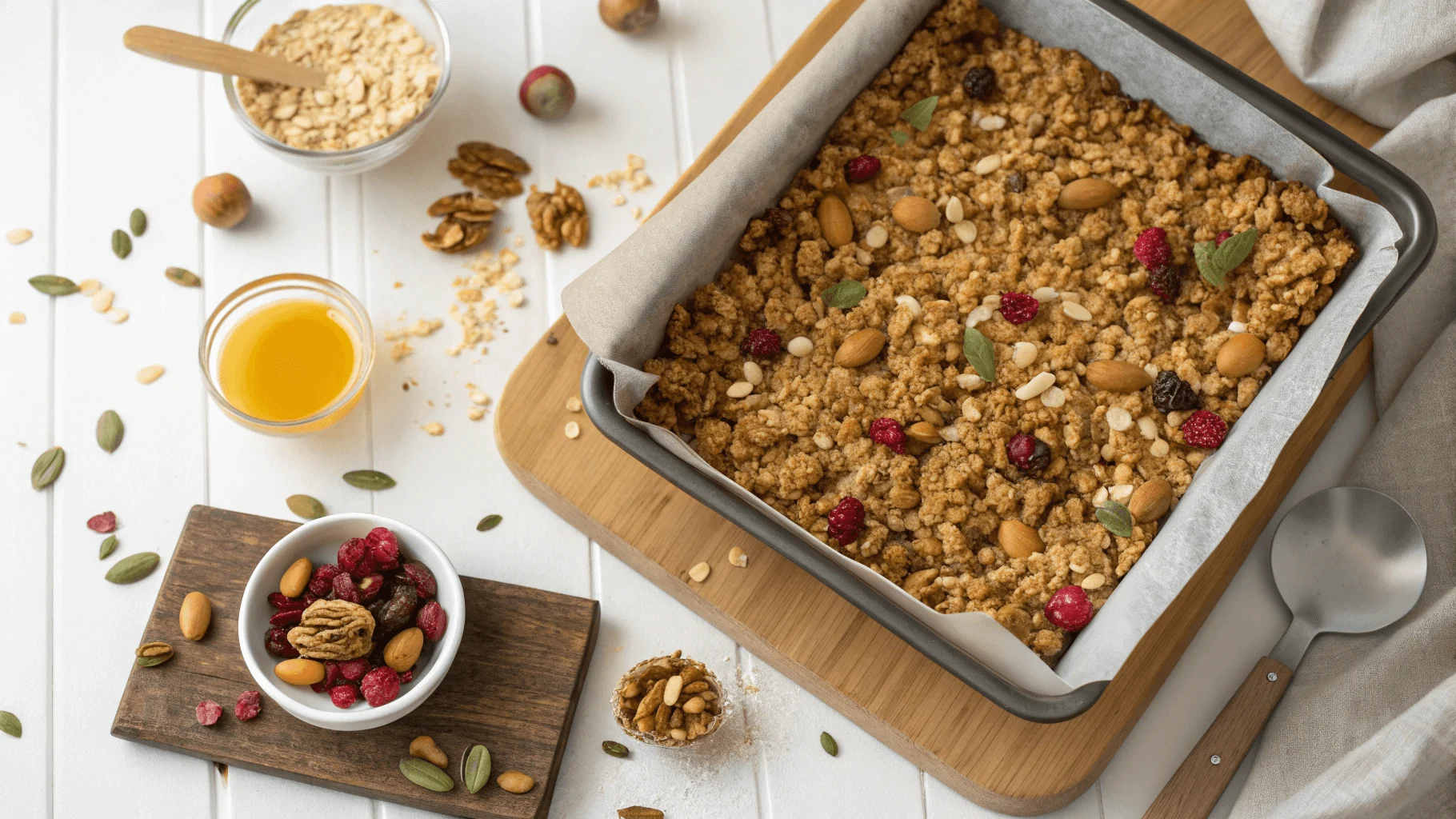When it comes to making mashed potatoes, one of the most common questions is: should you use milk or cream in mashed potatoes? The decision can significantly impact the texture, flavor, and richness of your dish. Both milk and cream bring unique qualities to mashed potatoes, but choosing the right one depends on what you’re looking for. In this guide, we will explore the differences between milk and cream, how each ingredient affects mashed potatoes, and factors to consider when making your decision. Whether you’re aiming for a lighter or richer dish, understanding these elements will help you create the perfect mashed potatoes.
What Makes Mashed Potatoes Creamy?
Creaminess in mashed potatoes comes from a combination of ingredients that work together to create a smooth, velvety texture. The type of liquid used, such as milk or cream, plays a significant role in achieving the desired consistency. Typically, creamy mashed potatoes are made by mashing the cooked potatoes with butter, milk or cream, and seasonings. The starch in the potatoes releases during mashing, contributing to the smoothness. To further explore, read this detailed guide on mashed potatoes with gravy.
Milk vs. Cream: Understanding the Difference
Before deciding should you use milk or cream in mashed potatoes, it’s important to understand the basic difference between these two liquids. Milk is a combination of water, fat, protein, and sugars, while cream is the fat-rich layer that rises to the top of milk. The fat content in milk typically ranges from 1% to 3.5%, whereas cream can have anywhere from 30% to 40% fat. This difference in fat content is crucial when considering how each will affect your mashed potatoes. Milk will provide a lighter consistency, while cream will add richness and a smooth, decadent texture.
To elevate your recipe, explore the best ingredients for mashed potatoes and gravy.
How Milk Affects Mashed Potatoes
Using milk in mashed potatoes results in a lighter, fluffier texture compared to using cream. The water content in milk helps to loosen the mashed potatoes without making them too heavy. If you’re looking for mashed potatoes that are creamy but not overly rich, milk is a great option. It can also help prevent the potatoes from becoming too dense. The type of milk you choose can also influence the flavor and consistency. For example, whole milk will give you a creamier result compared to skim milk, which may make the potatoes a bit more watery.
Pros of Using Milk in Mashed Potatoes:
- Lighter texture and consistency
- More neutral flavor, allowing other ingredients to shine
- Lower in fat and calories compared to cream
However, keep in mind that if you use too much milk, your mashed potatoes may end up being too runny, making it hard to get the desired creamy texture.
How Cream Affects Mashed Potatoes
Cream, on the other hand, contributes a richer, more indulgent flavor and a velvety smooth texture. When asking should you use milk or cream in mashed potatoes, cream is the better choice if you want a luxurious, creamy dish. The high fat content in cream provides a silky finish, giving the mashed potatoes a decadent taste that is perfect for special occasions or comfort food cravings. Cream also helps to bind the mashed potatoes together, making them less likely to dry out after mashing.
For a deeper dive into achieving richness, explore the ultimate mashed potatoes and gravy pairing.
Pros of Using Cream in Mashed Potatoes:
- Rich, smooth texture
- Adds depth and richness to the flavor
- Ideal for making indulgent mashed potatoes
The only downside is that cream can make mashed potatoes quite heavy, which may not be desirable if you’re aiming for a lighter side dish.
Factors to Consider When Choosing Between Milk and Cream
When deciding should you use milk or cream in mashed potatoes, several factors come into play. The first is the texture and richness you want in your dish. If you’re looking for something lighter and fluffier, milk is the way to go. If you want a richer, creamier result, cream is your best option. Other factors to consider include:
- Dietary Preferences: If you’re following a low-fat diet, milk is a better choice. For those who prefer a more luxurious experience, cream is the answer.
- Potato Type: Some potatoes, like Russets, are starchier and may need more liquid to achieve a smooth texture, making milk a good choice. Waxy potatoes, like Yukon Golds, are naturally creamier and can benefit from the richness of cream.
- Occasion: For everyday meals, milk may suffice, but for holiday meals or special occasions, cream can elevate your mashed potatoes to another level.
Can You Combine Milk and Cream for Mashed Potatoes?
If you’re torn between milk and cream, you might wonder: can you combine milk and cream for mashed potatoes? The answer is yes! Many cooks opt for a combination of both to strike a balance between creaminess and lightness. This blend gives you the richness of cream while still keeping the mashed potatoes from becoming too heavy. A common ratio is to use one part cream to two or three parts milk, depending on your preference for richness.
Benefits of Combining Milk and Cream:
- Balances richness and lightness
- Allows for more control over texture and flavor
- Perfect for those who can’t decide between milk and cream
How to Make the Best Mashed Potatoes with Milk or Cream
The key to making the best mashed potatoes, whether you use milk or cream, lies in the method. Start by selecting the right potatoes—Russet or Yukon Gold potatoes are popular choices. Boil the potatoes until they are fork-tender, then drain them thoroughly to remove excess moisture. For creamy mashed potatoes, it’s important to mash the potatoes while they are still warm. Gradually add the milk or cream, along with butter and seasonings, until you achieve your desired consistency. Use a potato masher for a rustic texture or a potato ricer for an ultra-smooth result.
Common Mistakes to Avoid in Mashed Potatoes
When making mashed potatoes, there are several common mistakes that can affect the texture and flavor. Here’s a quick rundown of what to avoid:
- Over-mashing: Mashing the potatoes too much can release excess starch, making the mashed potatoes gluey.
- Using cold milk or cream: Cold liquid can cause the potatoes to become lumpy, so make sure the milk or cream is warmed before adding it.
- Not draining the potatoes: Leaving too much water in the potatoes can result in watery mashed potatoes.
- Under-seasoning: Always taste your mashed potatoes and adjust the seasoning before serving.
The History of Mashed Potatoes: A Classic Comfort Food
Mashed potatoes have a long history as a beloved comfort food. First introduced in Europe in the 17th century, mashed potatoes quickly became a staple in homes around the world. Traditionally, mashed potatoes were made with just butter and a bit of cream or milk, but over time, people began experimenting with various add-ins like garlic, cheese, and herbs. Today, mashed potatoes continue to be a versatile dish that can complement a variety of meals, from Thanksgiving feasts to everyday dinners.
How Different Potatoes Affect Mashed Potatoes
The type of potato you use plays a significant role in the final texture of your mashed potatoes. Starchy potatoes like Russets tend to produce a fluffier texture, while waxy potatoes like Yukon Golds create a creamier consistency. When asking should you use milk or cream in mashed potatoes, consider the potato variety you’re working with. Starchy potatoes may benefit more from milk, while waxy potatoes could be enhanced by the richness of cream.
The Impact of Butter on Mashed Potatoes: Milk vs. Cream
Butter is a crucial ingredient in mashed potatoes, contributing both flavor and richness. Whether you use milk or cream, adding butter will enhance the overall taste and texture. If you’re using milk, the butter helps to make the potatoes creamier, while cream already brings a rich, buttery flavor on its own. Regardless of which liquid you choose, butter adds the perfect finishing touch to your mashed potatoes.
The Role of Seasonings in Mashed Potatoes
Seasoning is an essential part of making mashed potatoes flavorful. Common seasonings include salt, pepper, garlic, and fresh herbs like parsley or chives. The right amount of seasoning will bring out the natural flavors of the potatoes, whether you’re using milk or cream. For an extra kick, consider adding roasted garlic, sour cream, or even cheese.
Vegan and Dairy-Free Alternatives for Mashed Potatoes
For those who follow vegan or dairy-free diets, there are plenty of alternatives to milk and cream. Instead of dairy, you can use plant-based milk such as almond, soy, or oat milk. Coconut milk is also an excellent choice for adding richness. To replace butter, consider using olive oil or vegan butter, which can achieve a similar creamy texture.
How to Make Mashed Potatoes Ahead of Time
Mashed potatoes can be made ahead of time, which is especially convenient for large gatherings. To do so, prepare the mashed potatoes as usual and allow them to cool. Store them in an airtight container in the refrigerator for up to two days. When ready to serve, reheat the mashed potatoes in the microwave or on the stove with a bit of milk or cream to restore their creaminess.
Pairing Mashed Potatoes with Main Dishes: What Goes Best?
Mashed potatoes are a versatile side dish that pairs well with a wide variety of main dishes. Common pairings include roasted meats like chicken, turkey, and beef, as well as vegetarian dishes such as vegetable stir-fries and lentil stews. Mashed potatoes can also be served alongside hearty casseroles or fried foods.
How to Store and Reheat Leftover Mashed Potatoes
Leftover mashed potatoes can be stored in the refrigerator for up to three days. To reheat, simply add a little more milk or cream and heat gently on the stove or in the microwave. If you have a lot of leftovers, you can also freeze mashed potatoes for up to a month. To freeze, allow the mashed potatoes to cool completely before transferring them to a freezer-safe container.
FAQs
Q: Can I use milk instead of cream for mashed potatoes?
A: Yes, you can use milk instead of cream for mashed potatoes. It will result in a lighter texture, but you may need to adjust the amount to achieve the desired creaminess.
Q: Is it okay to use plant-based milk in mashed potatoes?
A: Absolutely! Plant-based milks such as almond, soy, or oat milk work well in mashed potatoes as a dairy alternative.
Conclusion
In conclusion, the question of should you use milk or cream in mashed potatoes depends on the texture and richness you’re aiming for. Milk is ideal for a lighter, fluffier result, while cream provides a rich, indulgent texture. By understanding the impact of each ingredient, you can tailor your mashed potatoes to suit your preferences and dietary needs. Whether you’re serving them for a special occasion or a casual family meal, the right choice of liquid will make all the difference in creating the perfect mashed potatoes.






3 thoughts on “Should You Use Milk or Cream in Mashed Potatoes? Find Out”